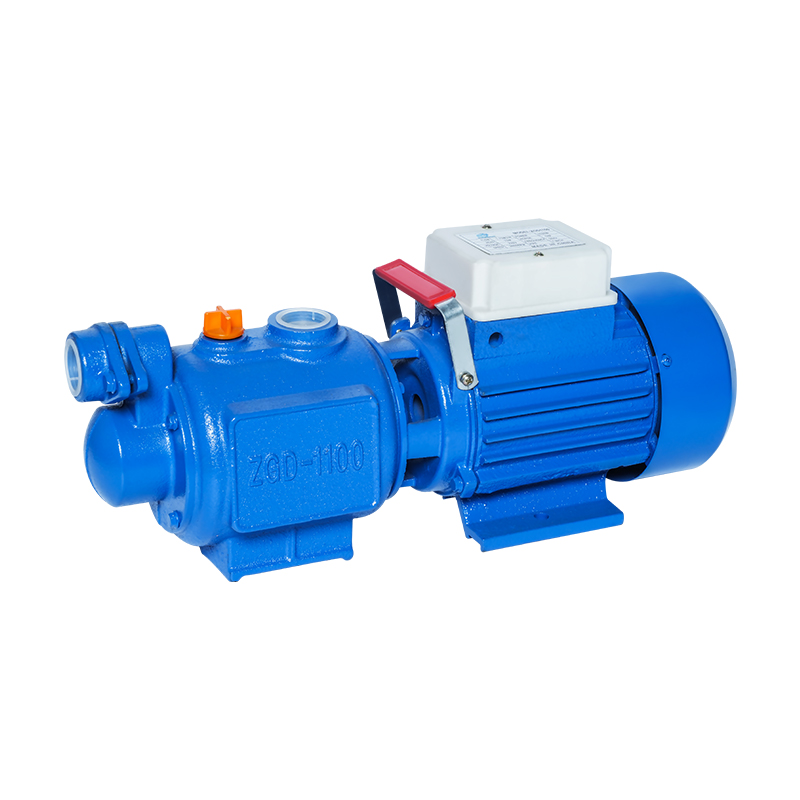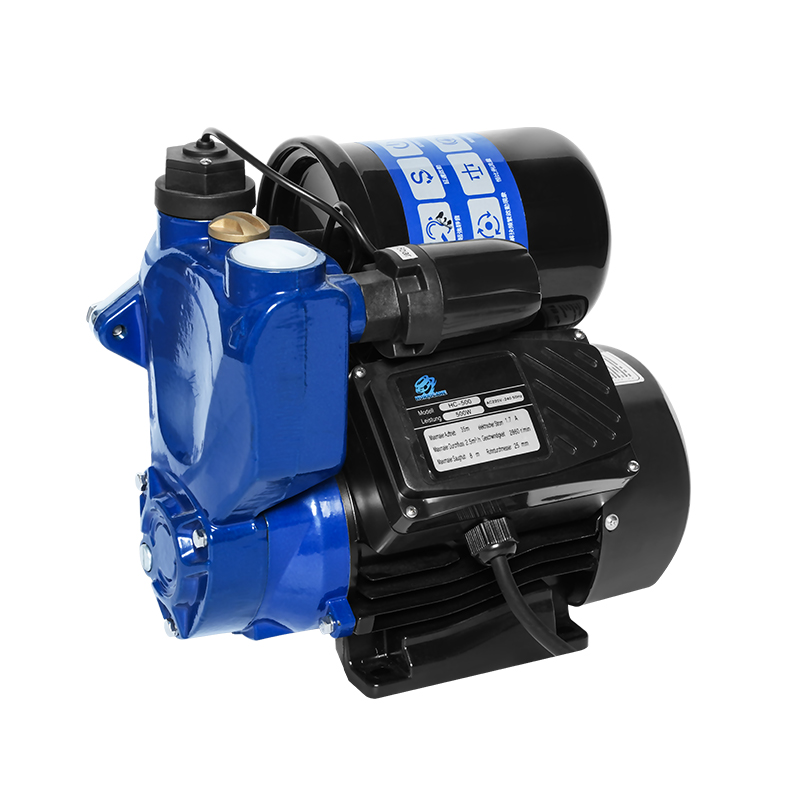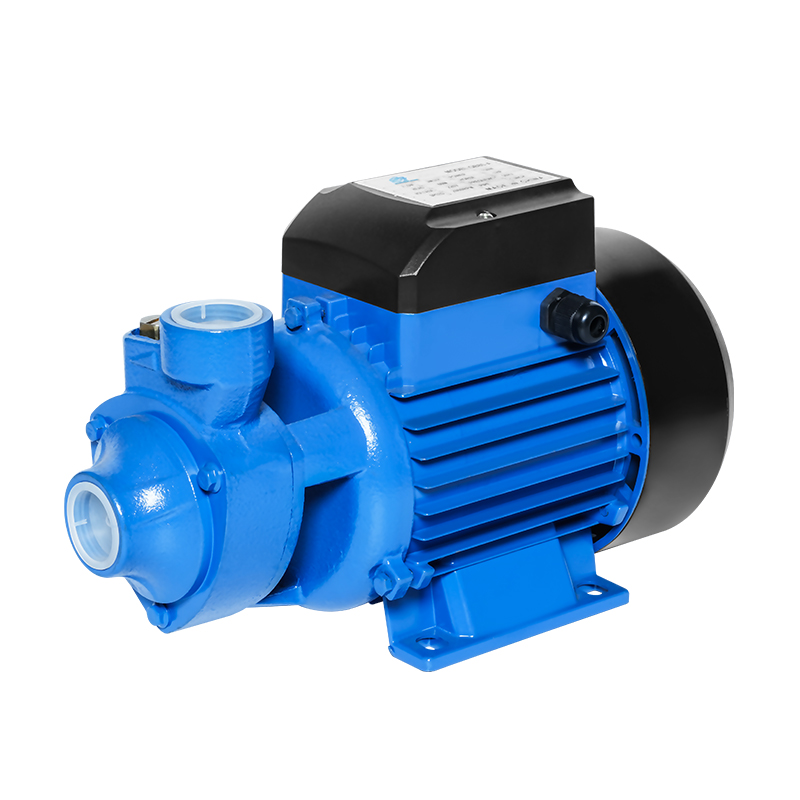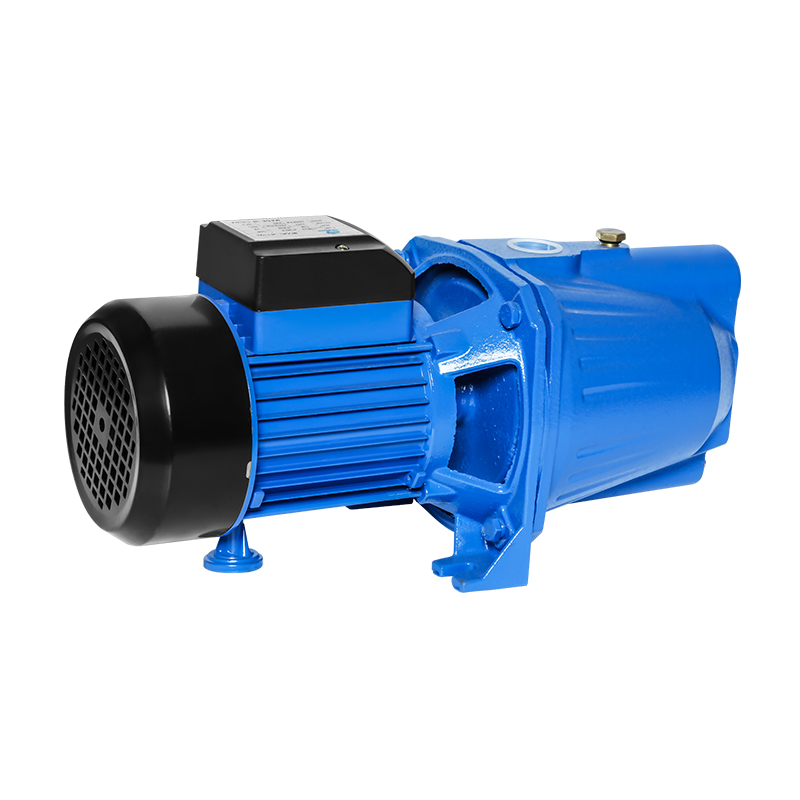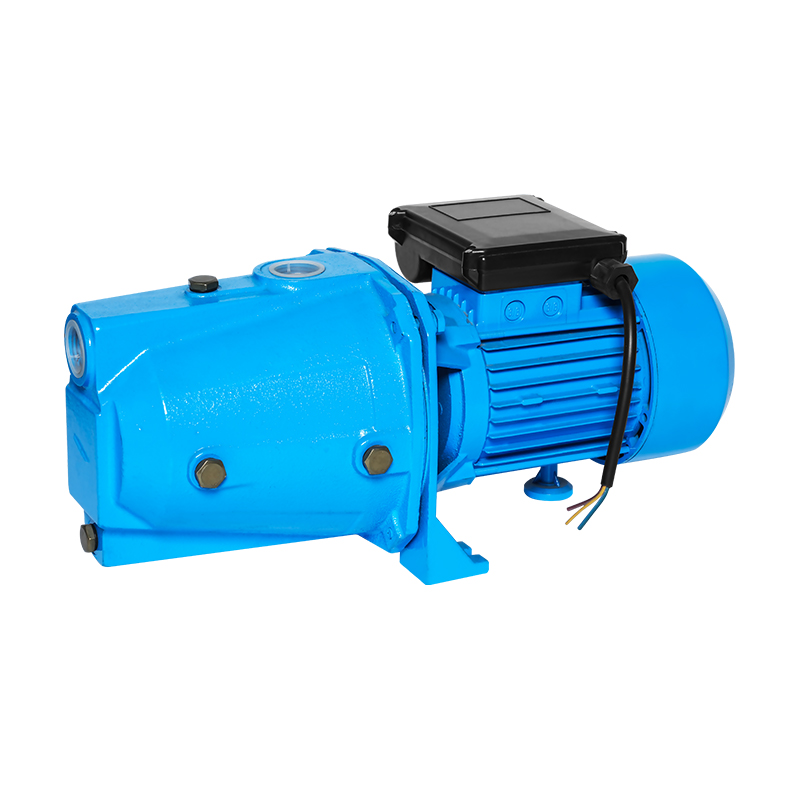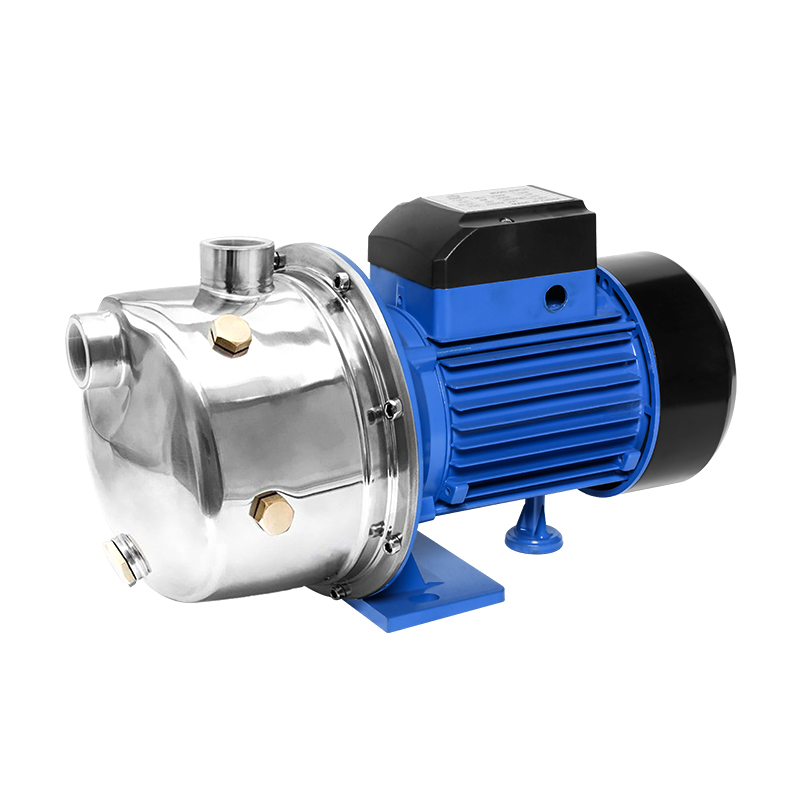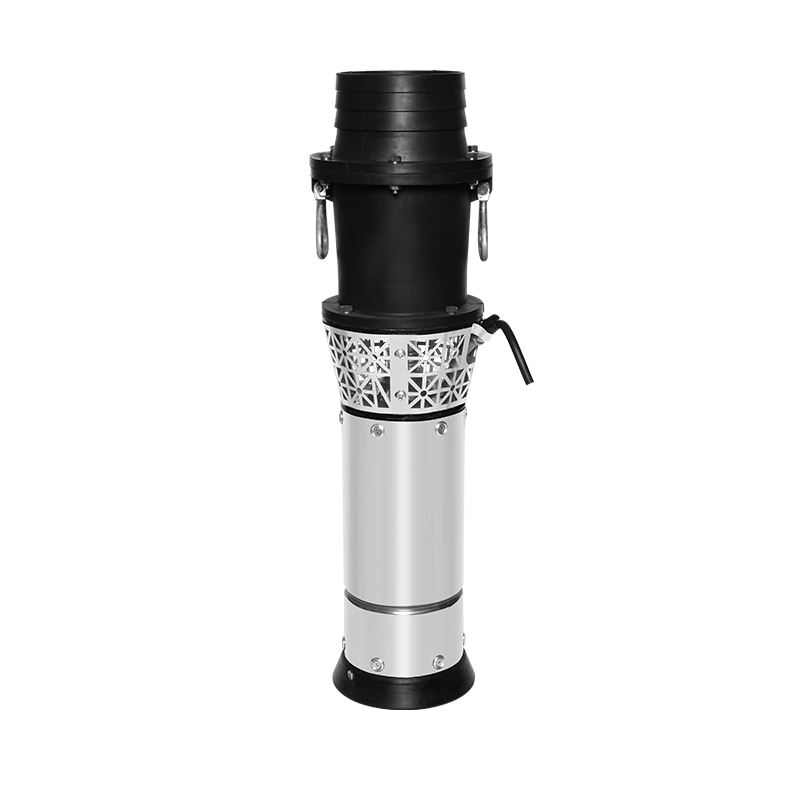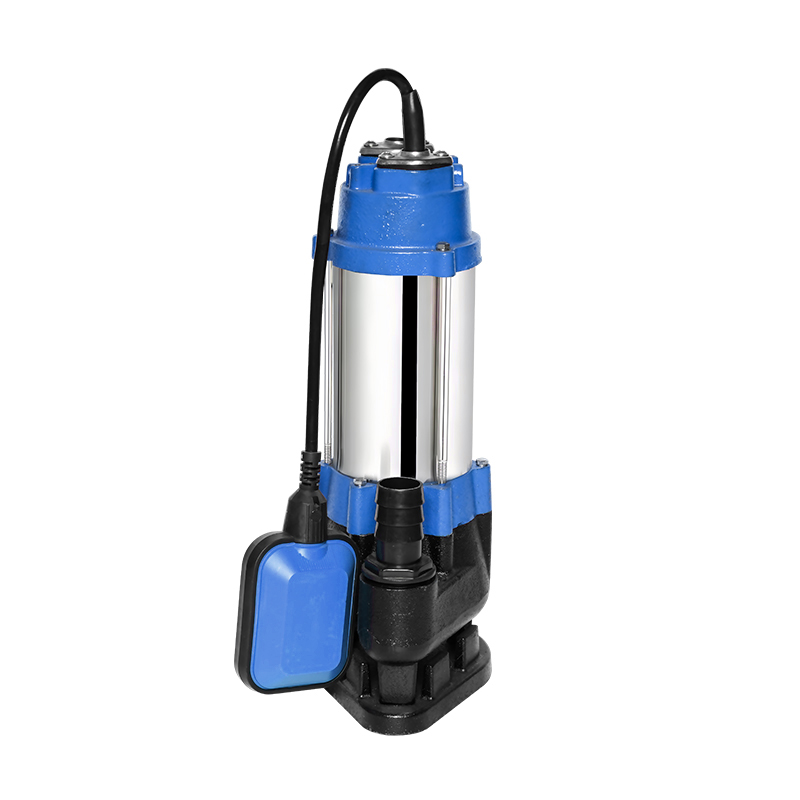How Do Electric Water Pumps Compare to Gasoline-Powered Models?
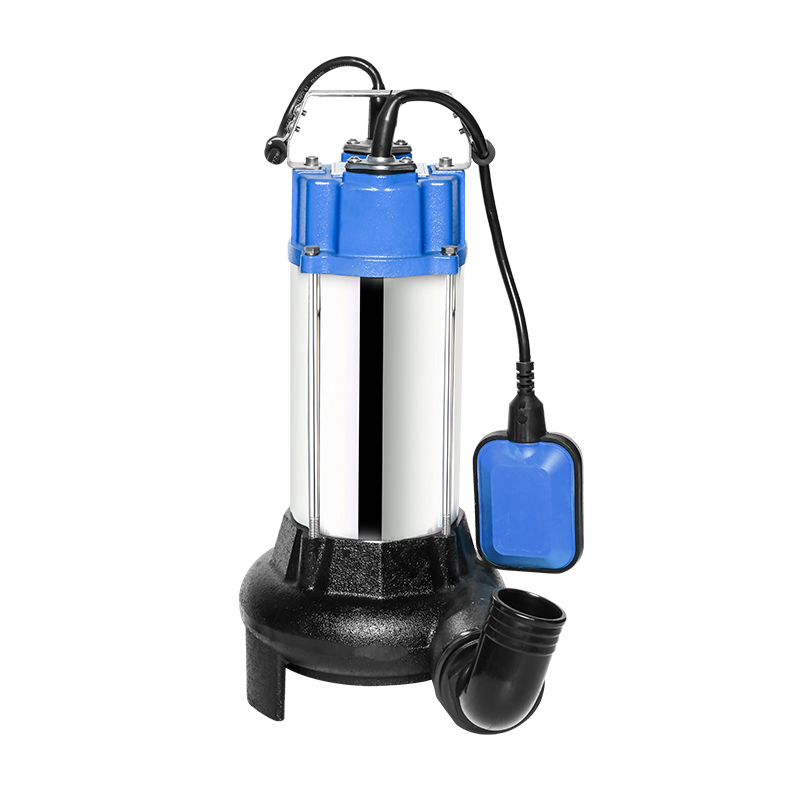
When choosing the right equipment for water transfer, irrigation, or drainage, the decision often comes down to selecting between an electric water pump and a gasoline-powered model. Each type has specific features that suit different tasks and environments. Understanding how electric water pumps compare to gasoline-powered units helps users make informed choices based on efficiency, convenience, maintenance, and environmental impact.
Electric water pumps are typically powered by a direct connection to the electrical grid or a portable generator. One of the main advantages of using an electric water pump is its quieter operation. These units tend to generate less noise during use, making them more suitable for indoor environments or residential areas where noise restrictions are a concern. They also produce no exhaust fumes, which is an important consideration for enclosed or poorly ventilated spaces.
Gasoline-powered pumps, on the other hand, operate independently of a fixed power source. This makes them highly useful in remote locations or construction sites where electricity is not readily available. While gasoline units can be more powerful in some applications, they usually require more regular maintenance. Refueling, checking oil levels, and ensuring proper ventilation are necessary steps to keep gasoline models functioning efficiently. In contrast, an electric water pump generally has fewer moving parts and does not require fuel storage.
Portability can also be a deciding factor. Electric water pumps are often lighter than their gasoline counterparts, especially in smaller models. However, their dependence on power cords or outlets can limit their mobility. In contrast, gasoline-powered units can be transported and operated in off-grid areas without needing any electrical setup. For agricultural work or emergency flood control in remote regions, gasoline-powered models may offer more flexibility.
In terms of operational costs, electric water pumps are usually more energy-efficient and cost less to run over time. Electricity tends to be less expensive than gasoline, and with fewer mechanical parts to service, the maintenance costs are often lower. Gasoline models may require more frequent parts replacement and routine service, especially when used heavily or stored improperly. Users looking for a low-maintenance option might find electric models more appealing for long-term use.
Another consideration is startup and ease of use. Electric water pumps are often activated by a simple switch or automatic controller. Gasoline-powered models may require manual pulling to start the engine, and weather conditions can affect how easily they start. This makes electric pumps more user-friendly for individuals who need a quick, reliable solution for routine tasks like garden watering or pool draining.
Environmental impact is another important factor in comparing the two types. An electric water pump generates no direct emissions, making it more suitable for environmentally conscious users or regions with strict pollution regulations. Gasoline-powered pumps emit carbon monoxide and other pollutants, which may be a concern in areas focused on reducing air pollution or fuel use.
Choosing between an electric water pump and a gasoline-powered model depends on specific usage needs. Electric models offer quieter operation, lower maintenance, and no emissions, but require access to electricity. Gasoline-powered units offer greater independence and higher power for remote or demanding jobs. Evaluating factors such as location, power needs, cost, and environmental considerations helps users determine which pump type fits their requirements best.


